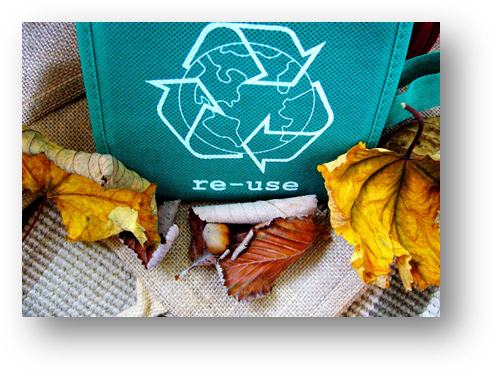1. REUSE – GIVING ITEMS A SECOND LIFE
The idea of reusing items has been around for a very long time. In an earlier era, nothing went to waste. If possible, unfashionable dresses were altered to fit new styles, they were re-cut for children or teared up and used as rags until nothing was left from the original garment. All waste was recycled or reused depending on possibilities and items were first and foremost fixed rather than replaced.
With the industrialisation of the XIX century rose the second-hand market that we know now, whether in the form of retail chains, outlets, charity shops, “shared wardrobe” websites or second-hand online shops.
Reuse – to use for a second or further time, to make use of again – is the simplest way of reducing the waste brought into the environment in the current economy. Reusing items or packaging extends a product’s life, minimizing environmental impact, limiting the use of virgin materials, reducing greenhouse emissions, saving money and most importantly allowing the product to be used to its fullest extent.
However, reusing doesn’t just focus on clothes or everyday household items – while they are still very important to the environmental impact they have on our planet. In general, reuse can focus on every aspect of production, delivery or products. Multi-use packaging, while having a higher initial cost for both producers and consumers, is a great example of saving the environment and money in the long run.

A study from 2021 conducted by Circular Economy Portugal showed that replacing 50% of packaging in food and beverage containers in hotel, restaurant and catering industries, e-commerce fashion and household care in retail, for reusable ones would mean up to 13 times less impact on the environment depending on the product category.
Reaching that 50% in Europe would mean 2 660 full truckloads saved from landfills, more than 4 million Olympic pools in water consumed and economic saving worth up to €16.261billion. There is also a social impact associated with this change, because of changes at various levels there is an aspect of job creation in reverse logistic models.
An important point of reusing a component or product should be considered against the energy consumption throughout its lifetime. For example, older electrical and electronic equipment tends to consume more energy, which might offset product life extension achievements.

 Español
Español Turkish
Turkish български
български Magyar
Magyar Polski
Polski Português
Português